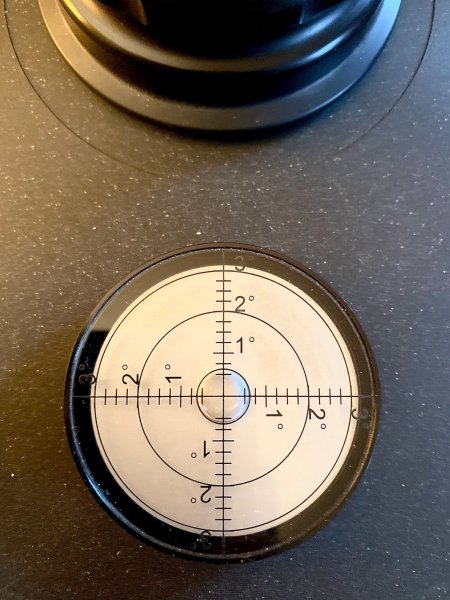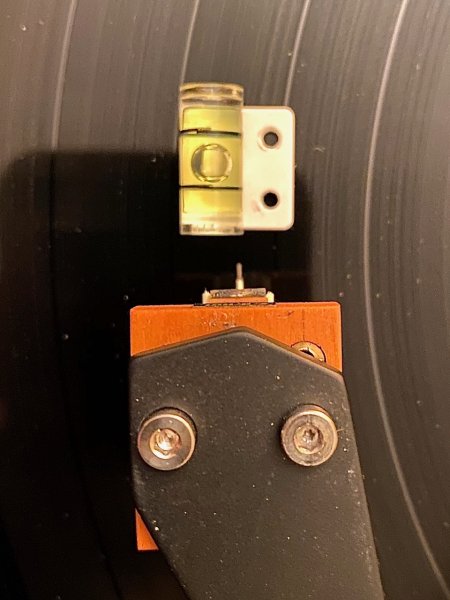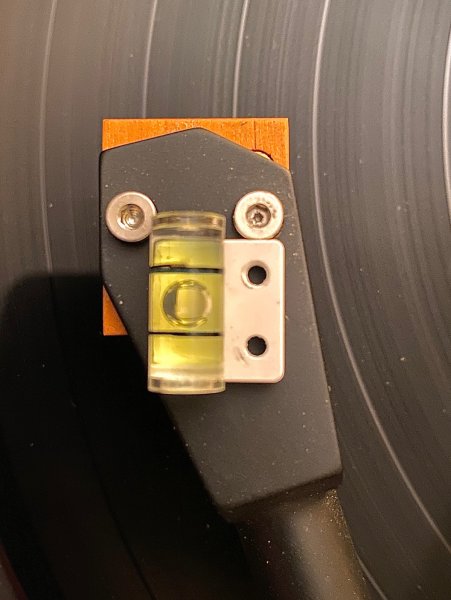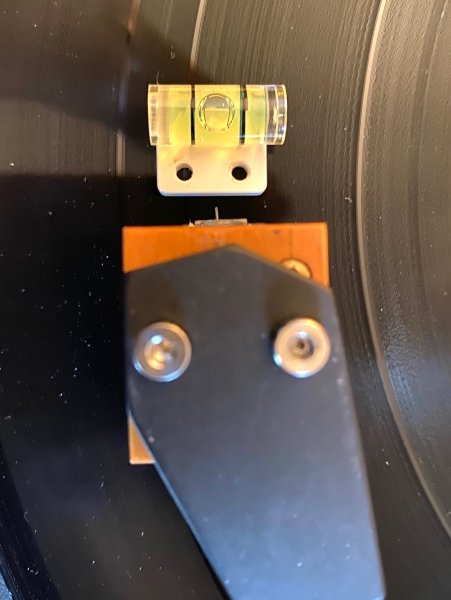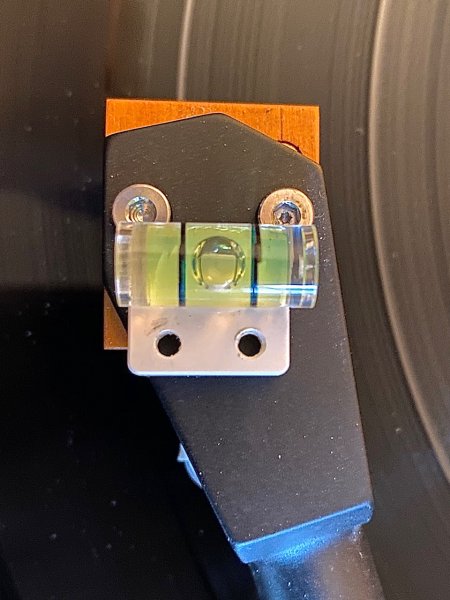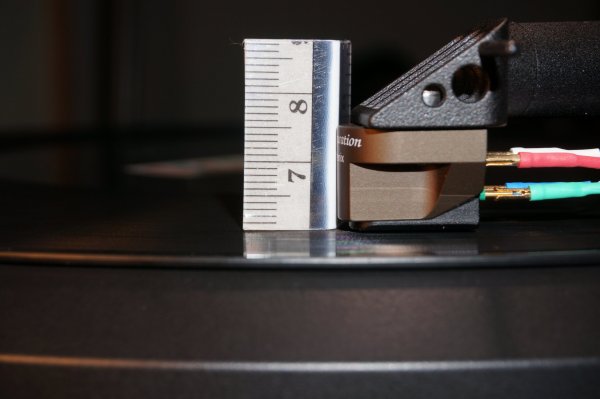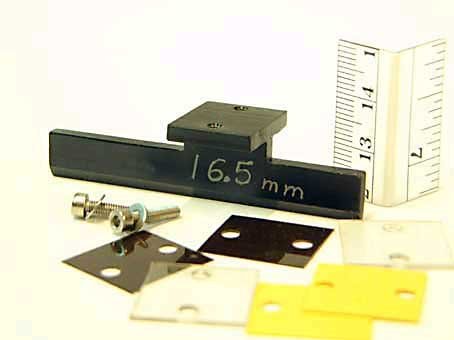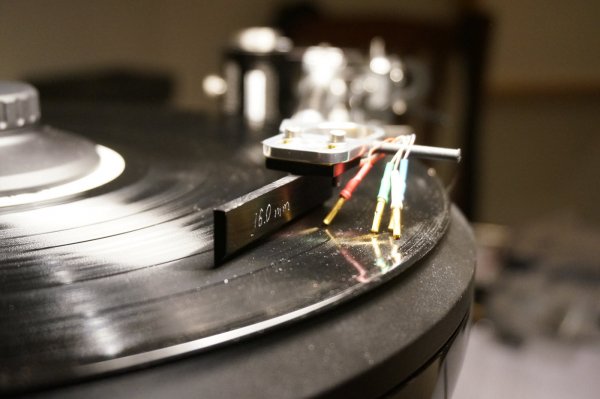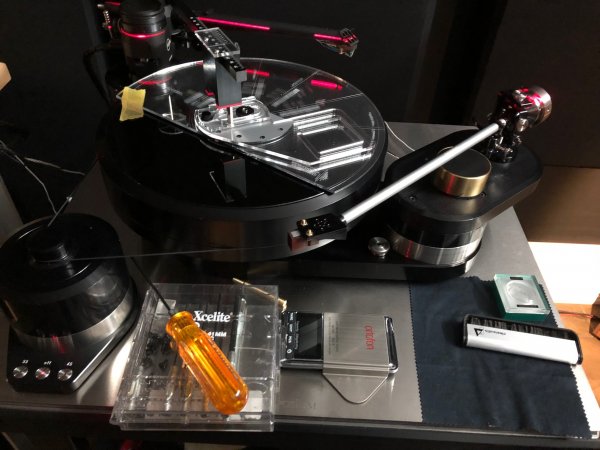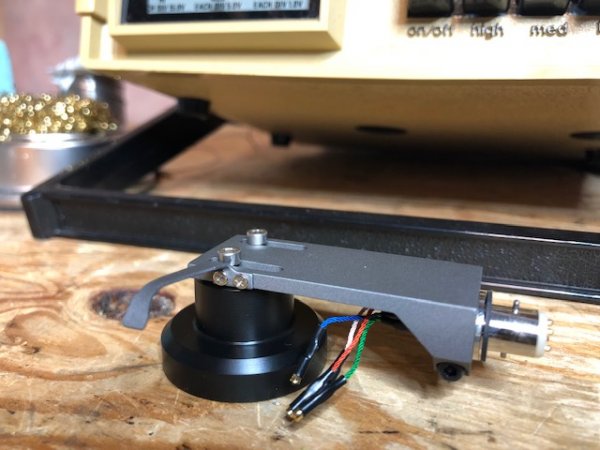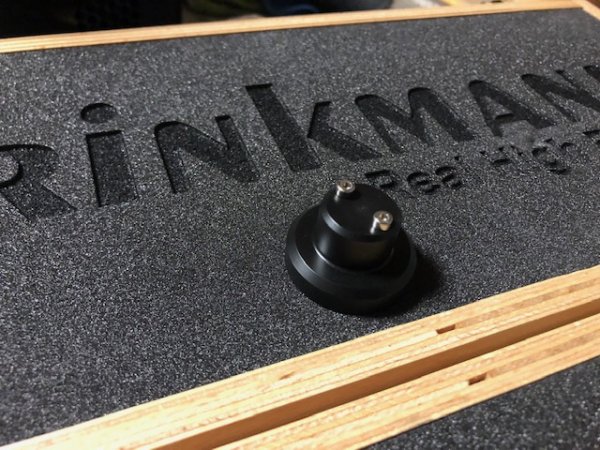I thought I would share with you some advice I received from AJ van den Hul the other day in response to my inquiry about cartridge set up. He uses an SME V arm, at least in the photos he has sent me of my Master Signature. My cartridge is back to him for its 200 hour inspection, service, and fine tuning.
He wrote me that the platter should be level. This seemed obvious and a practice I have followed for a long time. He then told me what might be obvious to others, but it was not to me. He said that it is critical for the cartridge top surface to be perfectly parallel to the record surface in two directions: one along the cantilever axis, and the other perpendicular, or 90 degrees to the cantilever axis. The former relates to VTA/SRA, the latter to azimuth.
My error is that I had been using a high quality round level to check the platter, and the tiny supplied level to check the headshell top surface. He knows I have both the SME 3012R and the SME V-12 arms. Interestingly, the 3012R headshell top surface is not parallel to the arm tube, and the V-12 arm tube is tapered, so best practice is to put the tiny level on top of the flat headshell surface.
The critical information is that the SAME tiny level should be used on top of a record, not the platter, and on top of the headshell. And both directions should be tested. I tried this with the tiny level on the record surface as parallel as I could make it to the angle on top of the headshell, placing the headshell onto the middle of the LP.
Because levels rarely match exactly, and shift as they are rotated, I spun the round level around and got the platter to what I think is fairly level as a base point. I then placed an LP on the platter and used the tiny level on the record surface. The bubble is not precisely in the center, but I tried to match its position on the LP with both the VTA and azimuth levels as judged when I place the tiny level on the headshell.
This is now a good starting point to listen and adjust by ear further if needed. It seems much more accurate than the method I had been using prior to communicating with Mr. van den Hul. I can report that the sound has improved after trying this method. The sound is cleaner, less distortion, more dynamic. There is more information. It is basically more natural sounding. AJ told me that getting the cartridge parallel to the record surface is critical for optimizing channel separation. It certainly sounds better.
The photos are simply to show the process and for illustration. They should not be used to judge the accuracy of the set up as the angles are difficult to capture with my phone camera. In person, the level readings are extremely close.
The takeaway seems to be that it is important to use the same level throughout the process, and that it should be done on the record surface, not the platter, with the stylus in the groove, lifted up just slightly to account for the 1.0g weight of the tiny level so that the cantilever or suspension does not flex and change the height of the headshell.
EDIT: This is a pretty lengthy process, but it seems to work very well as a basic and accurate base line from which one can begin listening evaluation. Minor adjustments to arm height and azimuth can follow. I use the card trick to make repeatable height adjustments with both arms, and one card may not even show up on the level.
The other interesting thing is that we hear and read about the hand built nature of these Colibri and the resulting sample to sample variance. That may be the case, I don't really know. However, Mr. van den Hul sounded so confident in his suggestion, and I was able to confirm the improved sonics by listening, that I think he pays particular attention to the mounting of the cantilever/stylus assembly into the cartridge body, so that it is very precise with a small tolerance. This is all done under extreme magnification.
Anyway, the results are positive, and fellow member Jeffrey_T also reports that his best results are when his SME headshell and Colibri are level. I don't know if he follows this precise method or not.
Thank you to Mr. AJ van den Hul for this very helpful tip in cartridge set up.
